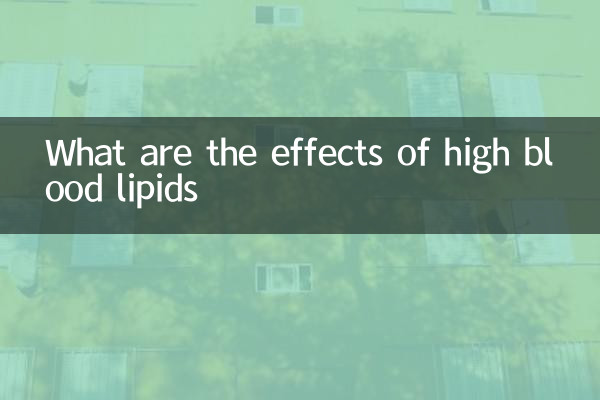< and
.life.
1. Increased risk of cardiovascular disease
High blood lipids are one of the main factors that cause atherosclerosis. Long-term hyperlipidemia will accelerate the deposition of lipids in the inner lining of blood vessels, forming plaques, and eventually leading to serious diseases such as coronary heart disease, myocardial infarction or stroke.
| Blood lipid indicators | Normal range | High risk range |
|---|---|---|
| Total cholesterol | <5.2 mmol/L | ≥6.2 mmol/L |
| Low density lipoprotein (LDL) | <3.4 mmol/L | ≥4.1 mmol/L |
| Triglycerides | <1.7 mmol/L | ≥.PD>2.3 mmol"Lhets |
< broad.2. Other Fowler organ damage
High blood lipids may also cause fatty liver, pancreatic diseases, and even increase the risk of Alzheimer's disease. Studies have shown that about 40% of patients with high blood lipids are accompanied by liver dysfunction.
3. How to lower blood lipids?
By adjusting your diet, increasing exercise and taking medications if necessary, blood lipid levels can be effectively controlled. Here are the recommended improvements:
| Improvement measures | Specific suggestions |
|---|---|
| Dietary adjustment | NoteReduce saturated fat and trans fat intake, eat more oats and xitatom | sports | At least 150 minutes of moderate-intensity exercise per week (such as brisk walking, swimming) |
| Drug treatment | Statins (such as atorvastatin) must follow the doctor's advice | /com/tr>
In summary, high blood lipids are extremely harmful to health, but there is no problem with early intervention. It is crucial to regularly test blood lipid indicators and take scientific prevention and control measures.

check the details

check the details